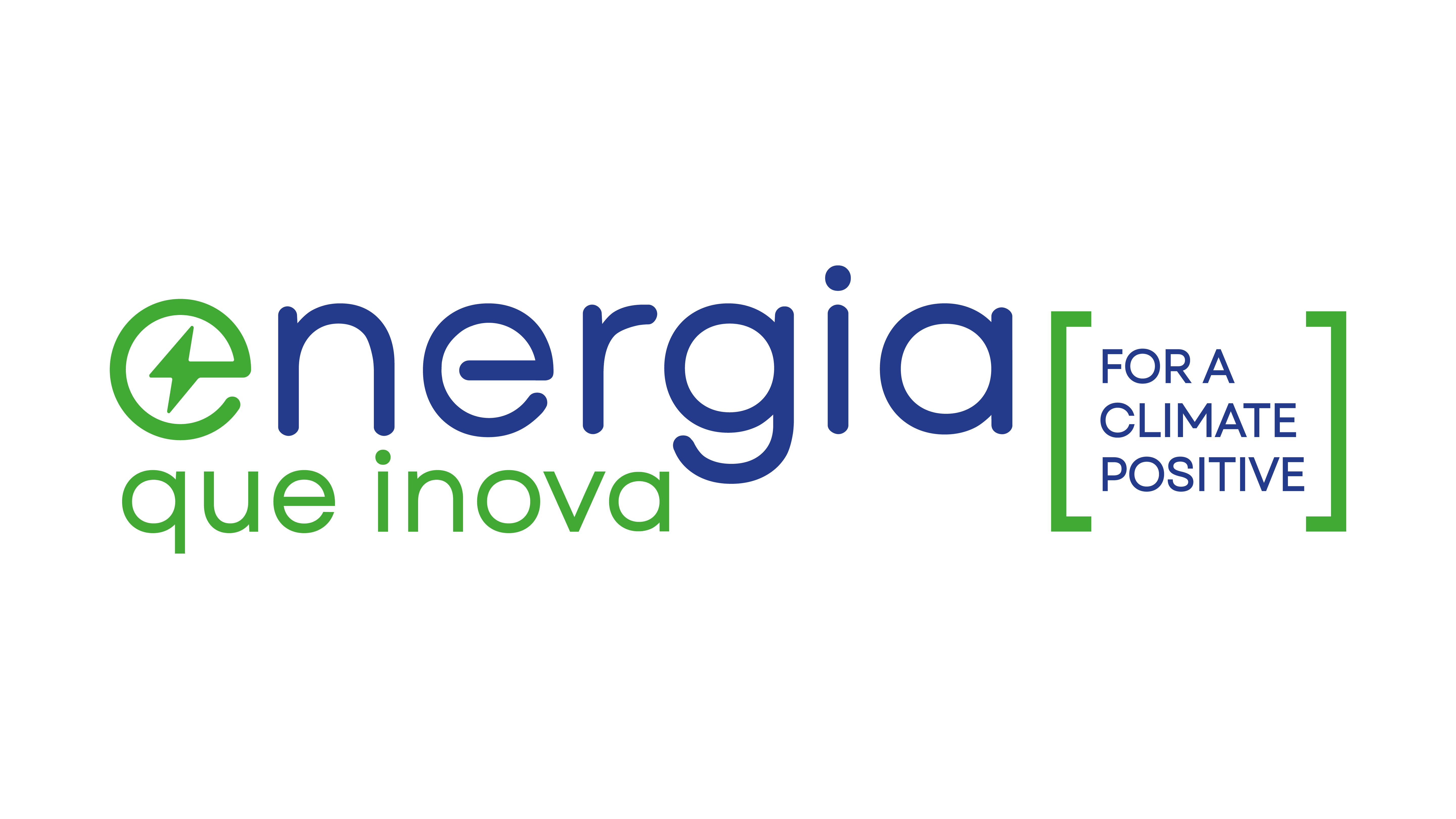The 27th United Nations Framework Convention on Climate Change (COP 27 – acronym in English for Conference Of The Parties) was held in 2022 in Egypt and one of the main themes was green hydrogen as a source of clean and renewable energy. Green hydrogen is produced from sources such as wind and solar, and does not emit Greenhouse Gases (GHG) during its generation.
As reported by the World Hydrogen Council (a global initiative led by CEOs of 132 leading energy, transport, industrial and investment companies with a united, long-term vision to develop the hydrogen economy) and McKinsey (a global management consultancy firm that serves leading companies, governments, non-governmental organizations and non-profit organizations), global investment in green hydrogen is expected to reach US$ 300 billion by 2030, of which around US$ 80 billion has already been invested in projects at various stages , from conception to operation.
The largest concentration of green hydrogen projects is currently in Europe, Asia and Australia, representing approximately 85% of total projects underway. However, Brazil also presents a strong potential for the development of this market, thanks to the diversity of clean energy generating sources – such as hydroelectric, solar and wind – including off-shore wind farm projects.
Brazil has a wide and diversified energy matrix, with a significant share of renewable sources, which makes it a privileged position to develop as an important player global presence in the green hydrogen market. Furthermore, the presence of a robust supply chain and the availability of highly trained human resources are also factors that contribute to the country's potential in this sector.
Internationally, Egypt and Belgium announced an agreement for the joint production of green hydrogen. The objective is to promote the transition to a low-carbon economy and increase energy security in the region. COP 27 also highlighted the importance of green hydrogen in the fight against climate change and in promoting clean and renewable energy sources. The production and use of green hydrogen also generates new economic opportunities in a variety of sectors, including transport, industry and agriculture, opening up new job and business opportunities with growing demand in so-called “green jobs”.
Top world leaders believe that green hydrogen will be a fundamental component of the world's energy matrix by 2050, having a significant impact on the decarbonization of the global economy. They hope that this clean, renewable fuel will become an important source of energy, contributing significantly to reducingO GHG emissions and the transition to a low-carbon economy.
Hydrogen is a Clean Energy Alternative
Hydrogen energy is becoming an increasingly popular alternative to traditional forms of electricity generation. This is because hydrogen can be produced from renewable sources such as water and solar energy, making it a clean and sustainable energy source. Additionally, hydrogen can be stored, making it an attractive option for remote or off-grid applications.
Another advantage of hydrogen energy is its versatility. Hydrogen can be used in a variety of applications, including vehicles, homes and industries. For example, hydrogen fuel cell vehicles are becoming increasingly popular as a sustainable alternative to traditional gasoline-powered vehicles. Additionally, hydrogen can also be used in stationary fuel cells to provide clean, reliable electricity for homes and businesses.
Hydrogen energy is a promising alternative to traditional forms of electricity generation. Its versatility, cleanliness and sustainability make it an attractive option for reducing GHG emissions and combating climate change. While there are some challenges to overcome, there are also several initiatives underway to promote the use of hydrogen energy and make it more accessible to consumers.













